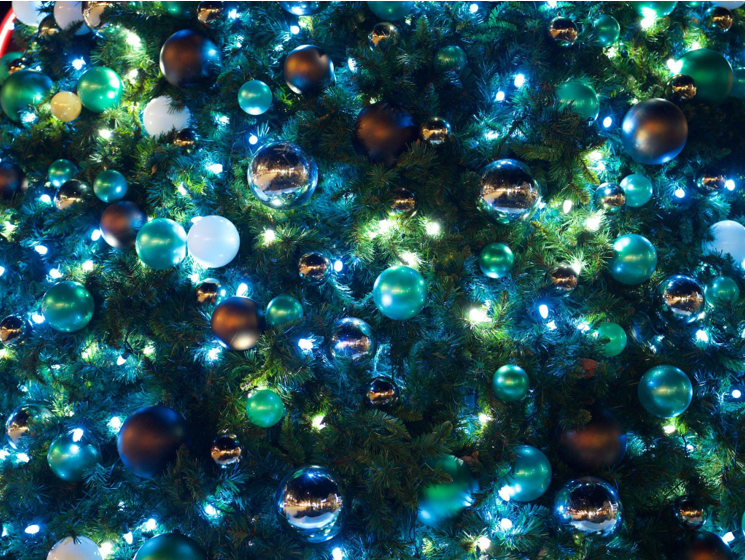The Drawbacks of Artificial Christmas Trees
Many families soon begin the traditional hunt for the perfect Christmas tree as the holiday season approaches. However, with environmental concerns and sustainability, many people are turning to artificial Christmas trees. While these trees offer convenience and affordability, several drawbacks should be considered before purchasing.
First, artificial trees are often made from toxic materials such as PVC, which can release harmful chemicals and contribute to air pollution during manufacturing and disposal. In addition, many artificial trees are manufactured overseas with lax environmental standards, which can further harm the environment. Furthermore, some artificial trees may contain lead, posing a danger to young children and pets who may ingest the lead dust.
Another area for improvement with artificial trees is their need for biodegradability, meaning they will end up in landfills where they will not decompose. Fake trees may also need to be replaced every few years, contributing to waste.
The Benefits of Artificial Christmas Trees
Despite these drawbacks, there are also several benefits to choosing an artificial Christmas tree. For one, artificial trees are more affordable and can be reused for many years, making them a cost-effective choice. Additionally, artificial trees eliminate the need to cut down live trees, which can contribute to deforestation and damage wildlife habitats.
Moreover, artificial trees are often pre-lit, eliminating the need to string lights, saving time, and reducing the risk of fire hazards. Finally, artificial trees are available in various styles and colors, which can be customized to fit any decor or personal preference.
Making a Kind and Educated Decision
When choosing between an artificial or live Christmas tree, making an informed decision that is also kind to the environment is essential. One way to do so is to choose an artificial tree made from eco-friendly materials such as recycled plastic or simply reuse an old artificial tree. Another option is to purchase a live tree from a sustainable source and reuse or recycle it after the holiday.
Ultimately, the choice between an artificial or live Christmas tree is a personal one that should be based on individual preferences, values, and environmental concerns. By educating ourselves about the benefits and drawbacks of each option, we can make a kind and informed choice that ensures a festive and eco-friendly holiday season. In conclusion, choosing an artificial or live Christmas tree should be made by weighing the pros and cons. While artificial trees offer convenience and affordability, they also have drawbacks such as toxicity and lack of biodegradability. Nonetheless, artificial trees can be a good choice if purchased based on eco-friendly materials and reused over the years. Making a kind and educated decision when choosing a Christmas tree can positively impact the environment and ensure a festive holiday season.



